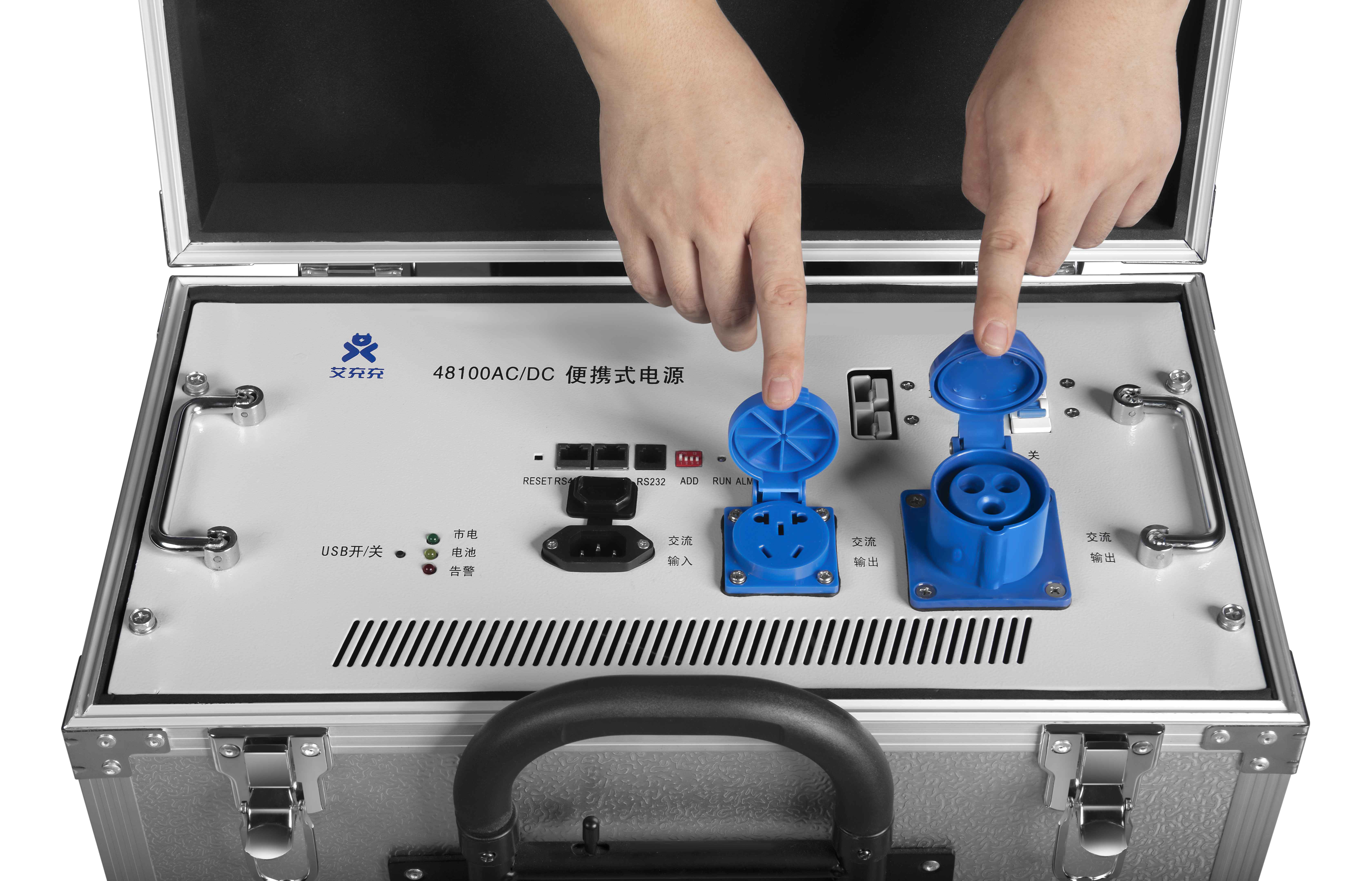
In a world hungry for power yet increasingly conscious of its environmental footprint, the time has come to revolutionize how we envision energy generation and grid stability. Enter the realm of distributed energy – a paradigm-shifting solution that promises not only to transform how we generate electricity but also enhance power grid stability. Distributed energy systems have gained immense popularity for their potential to reduce energy costs and emissions and maintain grid stability. They provide a more resilient and reliable power supply as compared to traditional sources. Distributed energy generation help in the production of electricity from small-scale energy sources that are located near the point of use, rather than being generated at a centralized power plant and transmitted over long distances through the grid.
Limitations and Risks of Distributed Energy System:
While offering numerous benefits, it’s essential to consider the limitations and risks associated with the adoption of distributed energy systems. One of the biggest risks is the potential for cyberattacks, as distributed energy sources are connected to the internet, which can make them vulnerable to hackers. Moreover, they are located in remote areas, making them difficult to monitor.
Another limitation of distributed energy sources is their limited capacity, which can prevent them from meeting peak demand. Distributed energy sources have raised concerns regarding the potential risks of their deployment to destabilize the grid leading to outages and disruptions.
Portable Household Energy Storage System Mobile-PW-512
Distributed Energy Solutions:
.Some of the key solutions are discussed below so that the risks and limitations of distributed energy sources can be mitigated to ensure power grid stability.
Advancements in Renewable Energy Technologies:
Advancements in renewable energy technologies have greatly facilitated distributed energy systems. Solar photovoltaic (PV) panels, wind turbines, and small-scale hydroelectric power plants can be deployed in distributed configurations, harnessing abundant renewable resources. The decreasing costs of these technologies, coupled with improved efficiency, have made distributed energy more economically viable and scalable.
Microgrids: Integrating Intermittent Renewables
Microgrids provide a platform for integrating intermittent renewables, such as solar and wind, with energy storage systems like batteries. By leveraging microgrids, we can reduce energy costs and carbon emissions. These small-scale energy networks enable distributed power generation and the seamless integration of renewable energy sources, contributing to a sustainable energy mix.
PV Integration: Harnessing Solar Energy
The integration of photovoltaic (PV) systems in distributed energy generation plays a significant role. PV integration enables decentralized generation of electricity, where power is produced closer to the point of use. By harnessing solar energy, a clean and abundant renewable resource, PV systems contribute to meeting local energy demand without relying heavily on fossil fuels. This integration enhances accessibility to renewable energy sources and promotes sustainability.
Smart Grids and Energy Management Systems:
Enabling efficient smart grids play a crucial role in enabling distributed energy systems by facilitating bidirectional communication between power generators, consumers, and the grid itself. With advanced metering infrastructure (AMI) and real-time data analytics, you can monitor and optimize their energy usage, leading to improved efficiency and cost savings. Additionally, energy management systems (EMS) allow for load balancing, demand response, and integration of energy storage solutions, enhancing the reliability and stability of distributed energy networks.
Potential Impact of Distributed Energy on Power Grid:
The potential impact of distributed energy on the power grid is transformative, offering a paradigm shift from centralized energy generation towards a decentralized and resilient system. As renewable energy sources, such as solar panels and wind turbines, become more accessible and affordable, individual households and businesses can generate their own power. This reduces strain on the central grid during peak demand, enhances energy security, and minimizes transmission losses. However, integrating diverse distributed sources requires advanced grid management technologies to ensure stability and optimize energy flow. While offering environmental benefits and localized control, this transition necessitates careful planning to accommodate bidirectional energy flow and maintain the grid’s reliability amidst variability in renewable energy output.


























